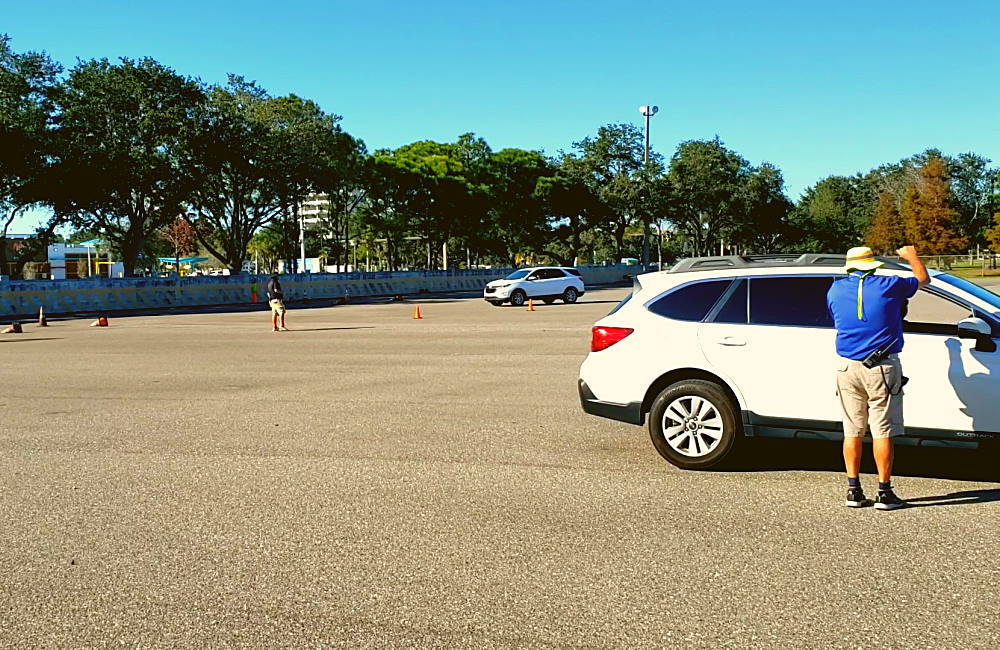In fleets requiring drivers to travel long distances (such as sales fleets), most drivers either use their own vehicle or one provided by the company. One of the biggest keys to manage risk when driving in these situations is for the driver to receive training in the vehicle they use for work.
Doing so applies the same principle used to teach other fleet drivers. Those who operate vans, delivery trucks, or large equipment do not train on some other type of vehicle. The key to managing risk for drivers is to have them receive their behind-the-wheel training in the same car they drive every day on the job, even when it’s their own vehicle.
Risk Management Goals in Driver Training
Certain tips apply to almost every driver who operates their own vehicle for their job or a company-provided sedan. When companies choose a fleet driver training program, they should cover these topics.
Competent vehicle control. This requires that drivers have hard-wired basic skills and maneuvers into their driving behavior. The ability to react quickly and instinctively reduces the risk of crashes, as the more time a driver takes to think about a basic maneuver, the more chance of error.
Situational awareness. This involves knowledge of traffic environments and the rules that govern operation of vehicles in that environment. Drivers should also develop awareness of other drivers and an ability to perceive their actions and predict what they will do.
Journey decisions. At this stage, drivers hone organizational critical thinking and risk management. This includes dealing with traffic variables, and the ability to use focus and choose the best options when deciding on the best, low-risk route.
Self-awareness. Drivers learn how their own attitudes and behaviors impact safety and risk management.
Tips to Manage Risk When Driving
When attempting to manage risk when driving, it’s important to keep these main issues in mind.
Avoid distractions. Distracted driving is the cause of a large percentage of accidents every year, especially now that most drivers have the temptation of a smartphone. To avoid distracted driving, put the phone out of reach and muted. Drivers should also avoid eating, drinking or smoking behind the wheel.
Beware your mood. Becoming angry or frustrated in traffic can lead to poor driving decisions. The same is true for feeling overly tired. Drivers should only get behind the wheel when they feel clear-headed, alert and when they can give driving their full attention.
Environmental awareness. Drivers must stay aware of the driving environment, as it directly influences some of the decisions they must make to remain safe. This includes traffic signals, weather conditions, and the actions of other drivers.
Maintain the vehicle. Drivers should routinely check that brakes work properly, that windows are clean, and that tires remain properly inflated. They also should ensure that mirrors are properly positioned before starting to drive.
Understand safety features. Drivers should have a strong understanding of the benefits and limitations of ADAS systems. While they can support a driver in maintaining safety, they do not replace a well-trained, alert driver.
Understanding limitations. A driver must know their own limitations. As noted by the National Highway Traffic Safety Administration, “Safe driving is contingent upon drivers practicing safe driving habits and using effective decision-making strategies.”
Keeping these ideas in mind can help you better manage risk when driving on the job, even if using your own vehicle.






